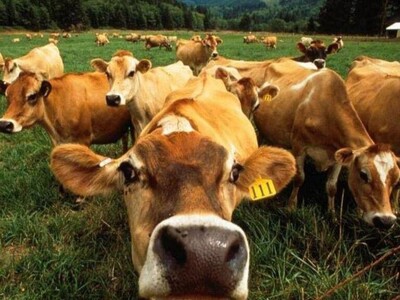Invasive Carp
Invasive carp first came to the U.S. in the 1970s by way of aquatic farms. Since then, their escape into nature continues to cause widespread economic and environmental damage as they out-compete native fish populations for food and other resources.Now, researchers from the University of Missouri and United States Geological Survey (USGS) are partnering to develop a three-dimensional (3D) model to better predict how the variable dynamics of river water flows — currents and water turbulence — influence the spread of invasive carp throughout the U.S. The model is based on a key trait of invasive carp — they only reproduce in rivers, and can lay thousands of eggs at a time that can drift for miles in river flows before hatching.
The ability of these fish, known individually as bighead carp, black carp, grass carp and silver carp, to easily spread into new habitats has the project's investigators, Binbin Wang at MU, along with Duane Chapman and Robert Jacobson at USGS, concerned for the ecological well-being of habitats that have not been touched yet, such as the Great Lakes, where these fish could potentially damage the region’s commercial fishing industry, valued in the billions of dollars each year.
The researchers said the new model will allow scientists to better determine what types of countermeasures might be used to reduce the population of invasive carp, and to better understand the fundamental mechanisms that can either help or hinder the survival of fish eggs in a river system.















